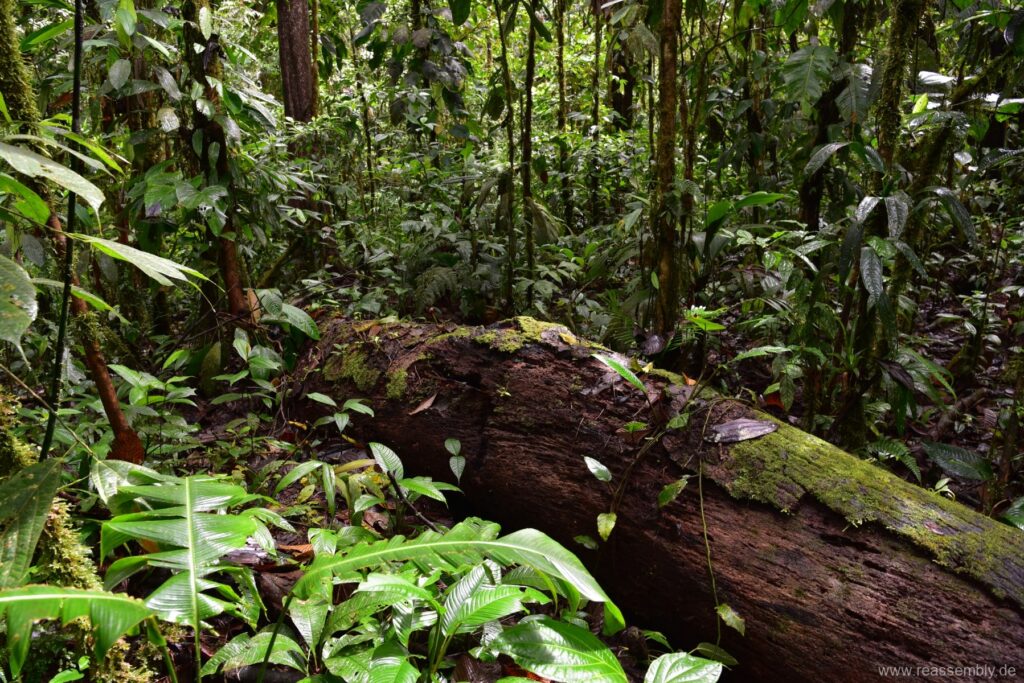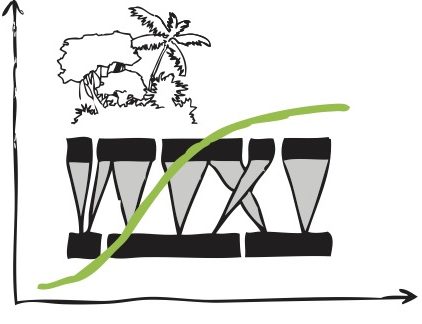Dead wood is an important habitat for a large diversity of forest insects and fungi and plays a relevant role in carbon pools and fluxes. Ana Falconí‑López and Nina Grella quantified the amount of woody debris in all sites along the chronosequence. Dead wood densities showed high variation across sites. There was an increase with forest age in fine woody debris within secondary forests from pastures, but not for cacao plantations where remaining cacao trees can provide a relevant source of dead wood. Surprisingly however, there was no consisent trend in densities of coarse woody debris with forest age. The study was published in the European Journal of Forest Research.


